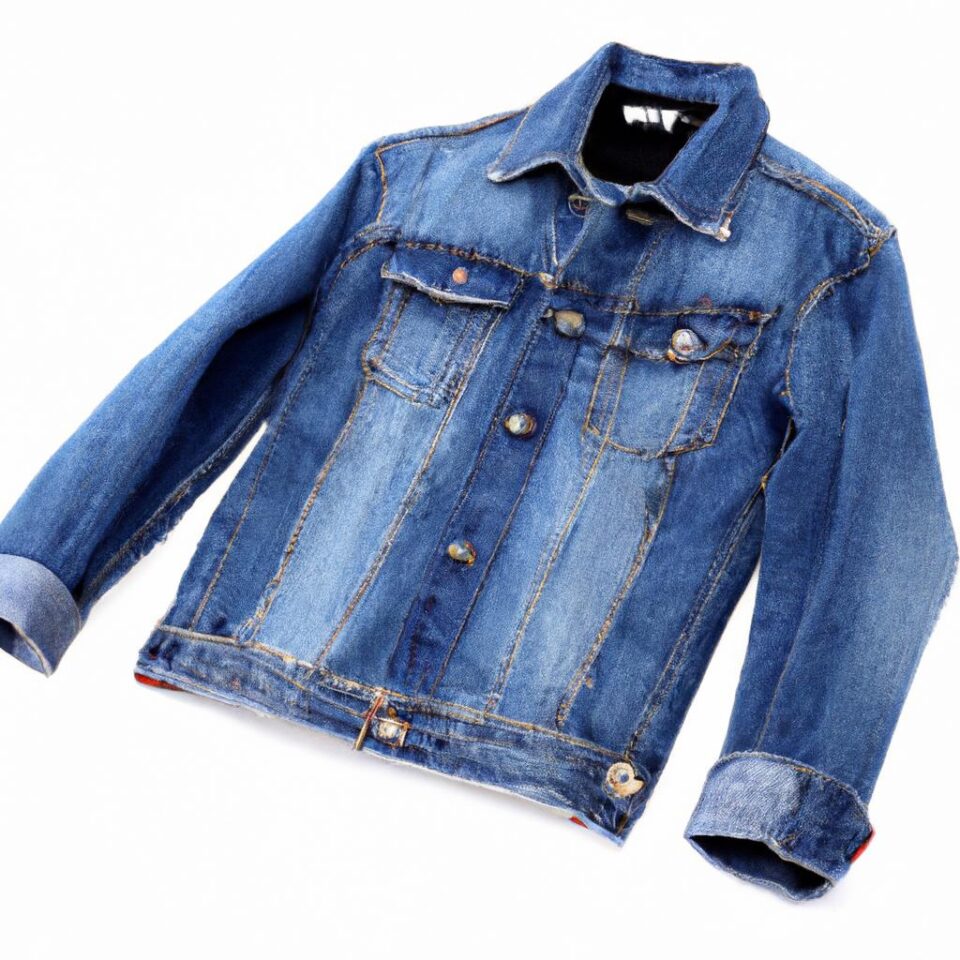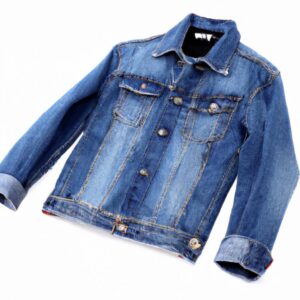Fashion and Culture: Exploring the Intersection of Clothing and Identity
Fashion and culture are closely connected, with clothing often taking on great significance in terms of how people express their identity. The combination of fashion and culture interests many, as it reveals the close relationship between clothing and identity that has been developed over centuries. In today’s world, when globalization allows us to purchase clothes from anywhere in the world, this relationship is becoming even more apparent, allowing us to explore the intersection of clothing and identity.
It is interesting to explore the modern phenomenon of fashion within culture, to understand how people use fashion to communicate certain aspects of their identity, and to consider how globalization affects the way we dress.
In this guide, we will look at the intersection of fashion and culture, exploring how individuals use clothing to express their personal identity, how certain cultural rituals rely on special clothing, and how ethical buying and second-hand clothes can be empowering forms of self-expression and protection of cultural heritage. We will also look at how globalization is affecting fashion and identity, and discuss the importance of respecting all aspects of identity found within clothing and fashion trends.
Exploring the Effects of Modern Globalization on Fashion and Identity
The world is more connected than ever before, and the rise of globalization has had a great impact on people’s understanding of fashion and identity. Our clothing choices are no longer just an individual statement – they now reflect a larger conversation between cultures.
Thanks to the growth of the internet, access to different trends and styles has been greatly increased. Designs created in one part of the world can be seen and adopted by people in another with only a few clicks. For example, Chinese streetwear or French fashion may have never been seen outside their countries of origin were it not for the internet.
Globalization has been beneficial for many aspects of fashion – it has broken down barriers and allowed for more diverse expression. However, it has also had negative impacts, as the need for cheaper manufacturing has caused environmental damage and exploitation of vulnerable communities.
It is important to consider this context when discussing the intersection of fashion and identity. Clothing can be seen as a tool for self-expression, and is often a reflection of culture and heritage. By understanding these dynamics, we can create a better understanding of our own identities and those of people around us.
Personal Expression
Clothing is more than just something to wear – it can also be an expression of individual identity. People express their style, values, and beliefs by the clothes they choose. Different colors, styles and accessories can convey messages about someone’s personality.
Fashion is often used as a form of self-expression and creativity – a way to stand out from the crowd or make a statement. Clothing may be used to display a person’s unique style, show their level of confidence, or demonstrate their commitment to certain values.
There are many ways that individuals use fashion to express themselves. Some might choose subtle details such as shoes, bags, or jewelry, while others may prefer bolder items such as bright colors and dramatic shapes.
Fashion can also be used as a way to challenge traditional gender roles. For example, someone may choose to wear traditionally masculine or feminine clothing to break stereotypes or make a statement. This can be empowering for individuals who want to express their gender identity.
When it comes to fashion, there are no rules. No matter what someone wears, they should be free to express themselves without fear of judgement. Here are some specific aspects of fashion that can be used for personal expression:
- Color: Color is often used to show a person’s mood, attitude, or personality. Bright colors can be used to make a statement and attract attention, while muted tones can be used to make a more subtle impression.
- Style: Styles can range from casual to formal, and they can reflect a person’s lifestyle or interests. For example, someone who loves art may choose to wear bright prints or vintage pieces for a unique look.
- Body size: People of all body sizes can express themselves through fashion. Those who identify as plus-size or petite can choose styles that flatter their shape and make them feel confident.
- Designer items: Designer items can be used to express certain values or status. For example, someone may decide to wear designer clothing to show off their wealth or to conform to certain social standards.
At the end of the day, fashion is all about personal expression. Whether it’s subtle or bold, serious or lighthearted, each person has the right to wear whatever makes them feel comfortable and confident.
Cultural Significance of Clothing
Clothing plays an important part in many different cultures. How we dress and what we choose to wear can signal our personal identity, as well as our culture and heritage. It has become an expression of pride, and a way to show respect and understanding of a particular culture.
Different cultural clothing is associated with certain rituals and ceremonies. Clothing can be used as a way to show admiration or respect for an event or a person. In many cultures, traditional attire is expected when attending a celebration or a gathering. For example, weddings often require guests to dress in a certain way. This reflects how important the occasion is to them and their culture.
In addition, clothing can also be a sign of success and prosperity. Certain pieces of clothing represent power and wealth within certain societies. For example, luxurious fabrics and elaborate designs are often seen as status symbols in some cultures.
Clothing also has important implications for cultural identity. In many cases, clothing can be used as a way to connect with others of the same background or to distinguish oneself from another group. Different garments can also indicate set norms and customs within a certain culture.
Thus, it can be seen that clothing has far more significance than just providing comfort. It is a tool to express ourselves and connect with our heritage, while also giving us an insight into other cultures and identities.
Sustainability and Expression
When talking about fashion and identity, sustainability cannot be ignored. As people are becoming more conscious of their consumption, choosing to buy ethically-made items or second-hand clothing can be a powerful form of self-expression. It can also help protect certain cultural heritages that are in danger of being lost due to mass-produced, throwaway fashion.
For instance, many indigenous communities have been able to keep their traditional clothing styles alive through second-hand markets, where the garments are shared between generations. By reusing and repurposing these clothes, individuals are able to stay connected to their cultural heritage through clothing.
The choices we make when it comes to fashion also reflects our values and beliefs – buying ethical and sustainable items can be a statement of belief in eco-friendly practices that help protect the planet. Refusing to buy into throwaway fashion and disposable trends demonstrates a strong commitment to personal style through thoughtful purchases.
We can also look to other cultures as examples of how to express ourselves through fashion in an ethical and sustainable way. Many East Asian countries have a long history of recycling materials to create new garments. By looking at how they reuse fabrics, thread, and buttons, we can see how sustainable fashion does not have to be boring or outdated.
Ultimately, fashion is a tool for self-expression and a reflection of culture. It is important to remember to respect the diverse identities of people, be it through supporting traditional clothing or by refusing to buy into mass-produced, throwaway trends.
Globalization
The modern world has seen a huge shift in globalization, and this extends to fashion and identity as well. With the advent of the internet and digital technology, consumers are now able to access items of clothing from all over the globe with just a few clicks. This has caused a massive influx of new styles and trends, allowing people to express their identities in more creative and diverse ways than ever before.
At the same time, globalization has its downfalls. The cost of production for items of clothing has decreased drastically due to cheap labor and materials that are available worldwide. Clothing is therefore becoming increasingly affordable and accessible to all, but unfortunately, this often comes at the expense of cultural heritage. Gender roles have changed, traditional methods of clothing production have all but disappeared, and we are seeing the emergence of ‘throw-away’ or single-wear fashion.
Though globalization has brought about some positive changes, it is important to remember that the root of many of these fashion changes was originally driven by culture and identity. It is important to always be respectful of different cultures, and to recognize that fashion is an expression of individual identity.
Conclusion: Fashion and Identity
Fashion is a powerful tool of self-expression. It can help us to tell our story, and it also says a lot about the culture which we are from or identify with. Whether it’s the items we choose to wear, our favorite colors, or how we style ourselves, fashion has an important role to play in how we construct our identities. We must respect each other’s individual and cultural preferences, as well as the impact of globalization and sustainability on identity.
Fashion is constantly changing, and it can be difficult to keep up. But by exploring the intersection of culture and fashion, we can gain a deeper understanding of ourselves and others. When we wear clothes, we can make conscious choices about who we are and how we want to be viewed. Through fashion, we can celebrate our identities and find strength in our differences as well as in our similarities.
comments: 0

